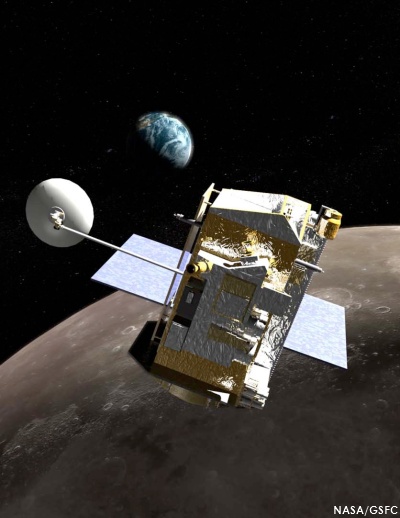America's Lunar Reconnaissance Orbiter (LRO) was launched from Kennedy Space Center, June 18, 2009 and commenced it's Nominal Mission phase the following September. LRO has orbited the Moon 7,600 times and returned more data than all previous (and on-going) Deep Space missions combined. Though investigators will sift through this data for decades to come, LRO has already become a central player in a revolution in our understanding of Earth's nearest neighbor in Space.
Cynthia M. O’Carroll
Goddard Space Flight Center
NASA has extended Phase E of the contract with Arizona State University for the Lunar Reconnaissance Orbiter Camera (LROC) instrument aboard the Lunar Reconnaissance Orbiter (LRO) spacecraft. This cost-no-fee extension is for the amount of $11,368,735 and will be for a period of approximately two years, from March 1, 2011 through March 15, 2013.
Under this contract extension, Arizona State will continue to carry out the flight operations and science analyses of the LROC, including, spacecraft operations planning, scheduling, and engineering parameter review and trending, as well as the science operations, which includes initiating all target requests to the instrument, planning all instrument modes and turn-ons, data dissemination to the co-investigators and to the general scientific community through the Planetary Data System.
The original contract for the LROC instrument was awarded to Arizona State, March 30, 2005, for the Phases A through E effort, and expires February 28, 2011.
Under this contract extension, Arizona State will continue to carry out the flight operations and science analyses of the LROC, including, spacecraft operations planning, scheduling, and engineering parameter review and trending, as well as the science operations, which includes initiating all target requests to the instrument, planning all instrument modes and turn-ons, data dissemination to the co-investigators and to the general scientific community through the Planetary Data System.
The original contract for the LROC instrument was awarded to Arizona State, March 30, 2005, for the Phases A through E effort, and expires February 28, 2011.
"Doubts do not fade one by one:
they disappear in a flash of light."
they disappear in a flash of light."
Tranquility Base (0.6741°N 23.4730°E) as seen from 46.17 kilometers, at a nearly 20° angle, via the Narrow Angle Camera (NAC), Lunar Reconnaissance Orbiter Camera (LROC), during LRO orbit 5033, July 29, 2010 (M135032851L) [NASA/GSFC/Arizona State University].



No comments:
Post a Comment